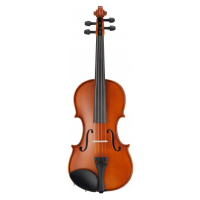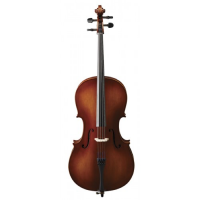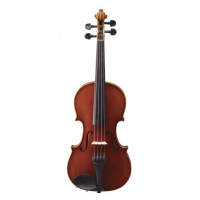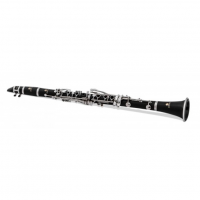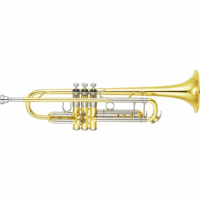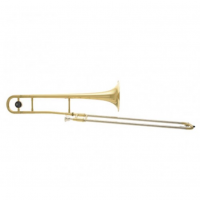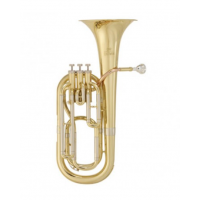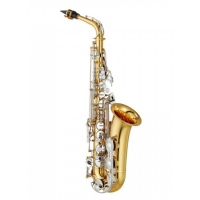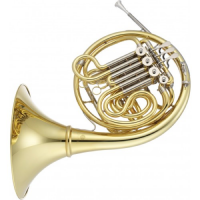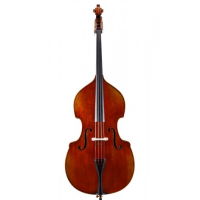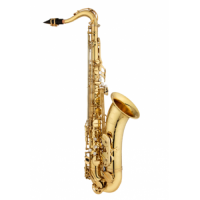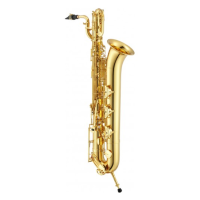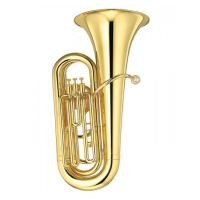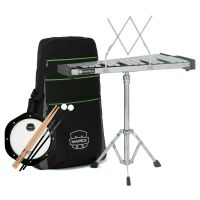History of the String Bass
How well do you know the history of the string bass?
The string bass or double bass has its roots in the 1500s, when it was developed in Italy's Brescia and Cremona regions to complete the lowest part of the register in the violin family, just below that of the cello. It has many names by which it has been known over the years, including contrabass, upright bass, acoustic bass and standup bass. In an orchestra setting, it is known as the string bass and inhabits the same register as the tuba and the timpani.
There is still some controversy among scholars about whether the string bass could be part of another historic instrument family known as the "viol" family rather than the "violin" or "viola" family. The shape of the string bass today is part of the reason: the upper bouts ("shoulders") of the double bass are similar to that of the viols and slope down sharply on either side. However, the original shape of the upright bass was more similar to a violin, just bigger. The shape of the top of the instrument was changed later to make it easier to play high notes, requiring the player to reach around and finger notes higher on the fingerboard.
The introduction of gut strings in the 1600s made the instrument much more playable and reliable in tone than previous versions. The modern string bass was a product of German craftsmen in the 1600s, who took advantage of the qualities of gut (smaller string diameters and louder volume) to standardize the scale length of the fingerboard and reduce the size of the bass overall.
Up until the early 20th century, the upright bass had just three strings and the player tuned it however best suited their style and the music they were performing. A five-string bass was first used in Austria and Germany in the 1600s. Today the string bass has four (or five strings) made of steel and there are two basic tunings for it: classical and solo. Classical basses are tuned to E, A, D, and G. When tuned in "solo tuning" the strings are tuned up one whole step to F#, B, E and A.
The frettless string bass is so common today that some bass players are surprised to learn that originally the instrument was fretted exclusively. In the early days, players wrapped gut around the fingerboard to create frets, which made it easier to play notes with accurate pitch. Today you will find that double basses are made exclusively without frets.
The modern bass also comes in a wide variety of sizes, all the way from student size (1/10th) to full size (4/4 or 7/8).
Famous Players
The string bass is widely used outside of classical music in jazz, bluegrass, folk, rockabilly, country and rock music.
In the jazz genre, Bob Cranshaw, Scott LaFaro, Charles Mingus, Stanley Clarke, Ray Brown, Charlie Haden, Paul Chambers and Jaco Pastorius are often cited as pioneers.
In bluegrass, many players list Howard Watts, Edgar Meyer and Todd Phillips as influences.
For popular music, the 1950s were a golden age for upright bass playing, with groups like Bill Haley and His Comets and the Typany Five launching legions of bands who used the instrument. The introduction of the electric bass guitar by Fender in the 50s eventually led to it being adopted at the expense of the upright version, because it could be more easily amplified and was lighter and more compact to travel with. However, the acoustic bass still enjoys wide use across popular music.









